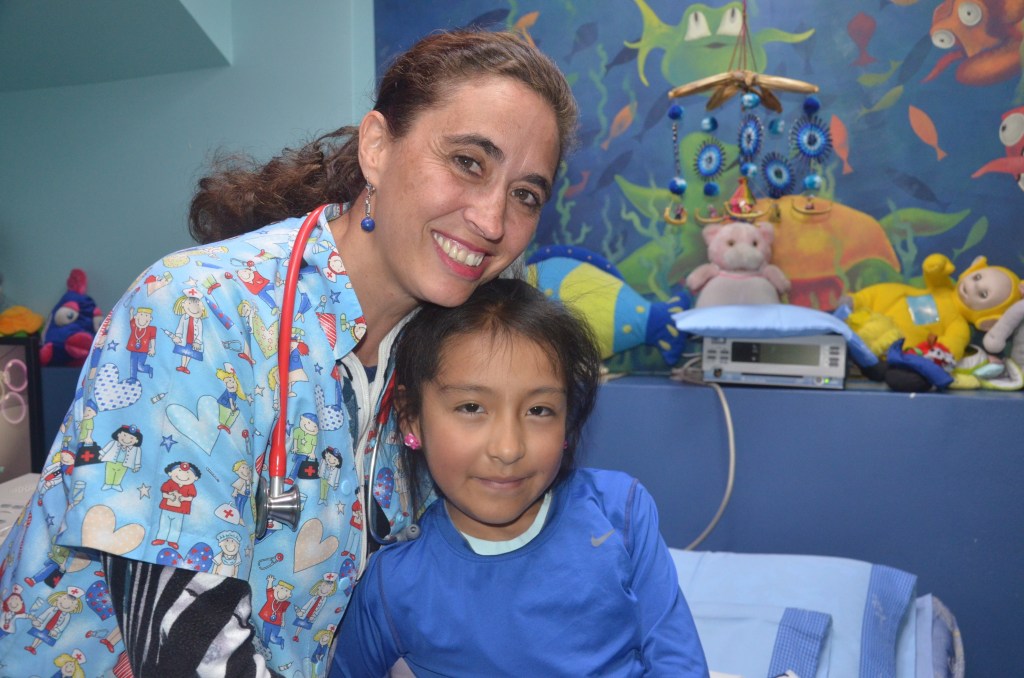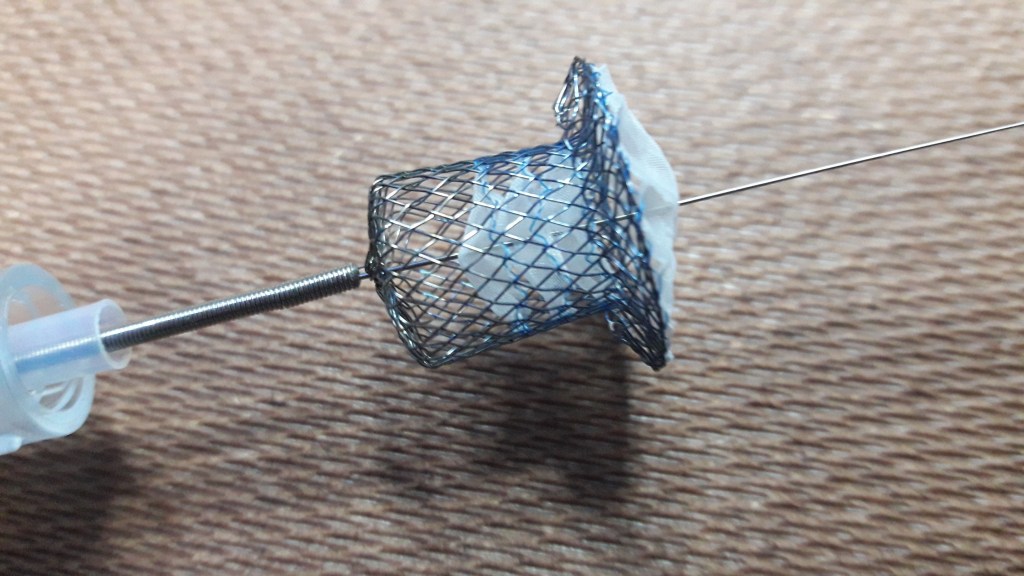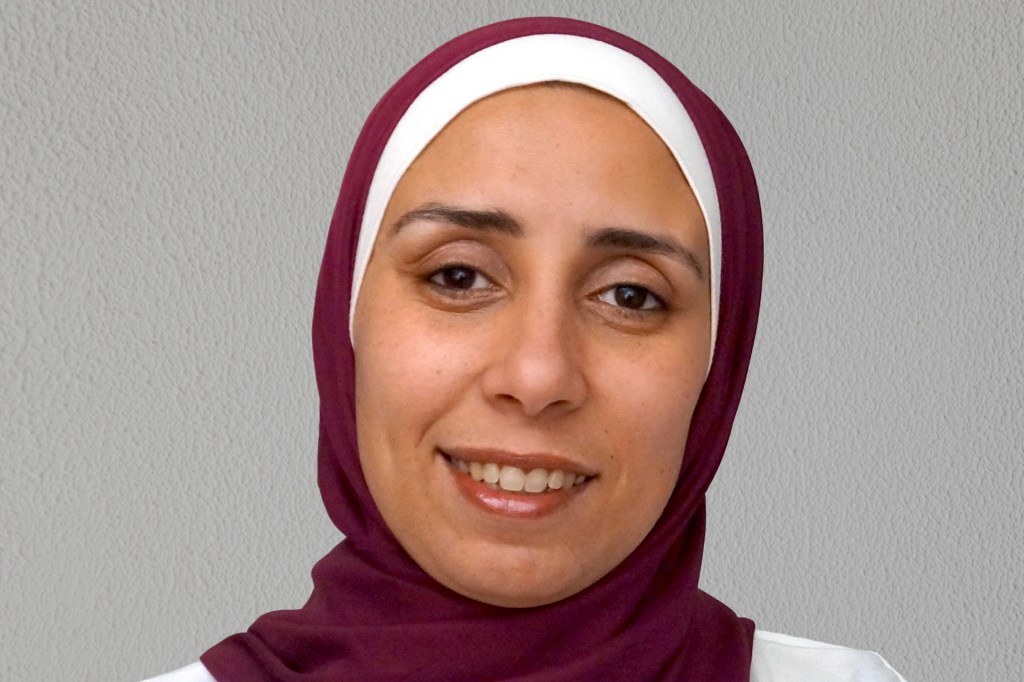Knitting Hearts

Bolivia is a South American country known for the majestic
majestic
 TAI POWER SEEFF/GETTY IMAGES
large and impressively beautiful
(adjective)
Redwoods are majestic trees that can grow more than 300 feet tall.
Andes mountains. It is also one of the poorest countries on the continent. Bolivia is not considered a leader in medical innovation
innovation
TAI POWER SEEFF/GETTY IMAGES
large and impressively beautiful
(adjective)
Redwoods are majestic trees that can grow more than 300 feet tall.
Andes mountains. It is also one of the poorest countries on the continent. Bolivia is not considered a leader in medical innovation
innovation
 CAIAIMAGE—ANDY ROBERTS/GETTY IMAGES
the introduction of a new idea or invention
(noun)
The invention of the lightbulb in 1879 was an important innovation.
. But a Bolivian doctor is helping to change that.
CAIAIMAGE—ANDY ROBERTS/GETTY IMAGES
the introduction of a new idea or invention
(noun)
The invention of the lightbulb in 1879 was an important innovation.
. But a Bolivian doctor is helping to change that.
Dr. Franz Freudenthal is a cardiologist, or heart doctor. He is also an inventor. His creations help him in his work as a doctor. One is called the Nit-Occlud, and it’s used to treat atrial septal defect (ASD). The condition is often called “hole in the heart.” Freudenthal’s device can fix it without major surgery.
The Nit-Occlud is made by knitting a single metal string into a mesh. The mesh is then implanted
implant
 BEATE ZOELLNER/GETTY IMAGES
to put something in a person's body, usually by surgery
(verb)
Rachel had a microchip implanted in her dog Weezer so she could track him the next time he ran away.
into the heart through a narrow tube inserted into a blood vessel. Once inside the heart, the device expands and blocks the hole.
BEATE ZOELLNER/GETTY IMAGES
to put something in a person's body, usually by surgery
(verb)
Rachel had a microchip implanted in her dog Weezer so she could track him the next time he ran away.
into the heart through a narrow tube inserted into a blood vessel. Once inside the heart, the device expands and blocks the hole.
At High Risk
Doctors don’t always know what causes children to be born with ASD and other heart defects. But high altitudes could play a role.
La Paz, Bolivia, sits almost 12,000 feet above sea level. Freudenthal says children born there are more likely to have a heart defect. “The baby does not grow” properly, Freudenthal told TFK. ASD can make it hard for a child to breathe.

Before it is implanted, the Nit-Occlud looks like a tiny top hat. Once inside the body, it expands into a circular shape.
GEORG ISMAR—PICTURE-ALLIANCE/DPA/AP IMAGESFreudenthal’s Nit-Occlud implant is giving hope to young patients and their parents. “Now there is a solution,” he says. “And it is such a simple solution.”
The Perfect Design
Freudenthal’s device is a modern miracle. But he says the real miracle is how medicine and traditional culture are working together to save lives.
The Aymara people have lived in Bolivia for thousands of years. Their folktales tell how their god Tunupa taught them how to knit and weave. Freudenthal grew up in Bolivia. As a child, he was captivated
captivate
 CAIAIMAGE—MARTIN BARRAUD/GETTY IMAGES
to capture someone's attention
(verb)
Malik was captivated by the ballerina's graceful dancing.
by weaving and knitting done by Aymara women. The finely detailed work would one day play a big part in the creation of the Nit-Occlud.
CAIAIMAGE—MARTIN BARRAUD/GETTY IMAGES
to capture someone's attention
(verb)
Malik was captivated by the ballerina's graceful dancing.
by weaving and knitting done by Aymara women. The finely detailed work would one day play a big part in the creation of the Nit-Occlud.
How so? Freudenthal wanted to create a device that was easy to implant. He came up with a design that relied on knitting. The device would be so small that it would have to be made by hand. He thought of the work of the Aymara women. He needed help from their expert fingers. So he recruited some of the best knitters in the world to make the Nit-Occlud a reality.
A team of Aymara women now knits the devices by hand in a pediatric clinic founded by Freudenthal and his wife, Dr. Alexandra Heath.
“There is only so much I can do after I implant the device—it must work on its own,” he said. “In some regard, these women are as much a part of the surgery as I am.”













